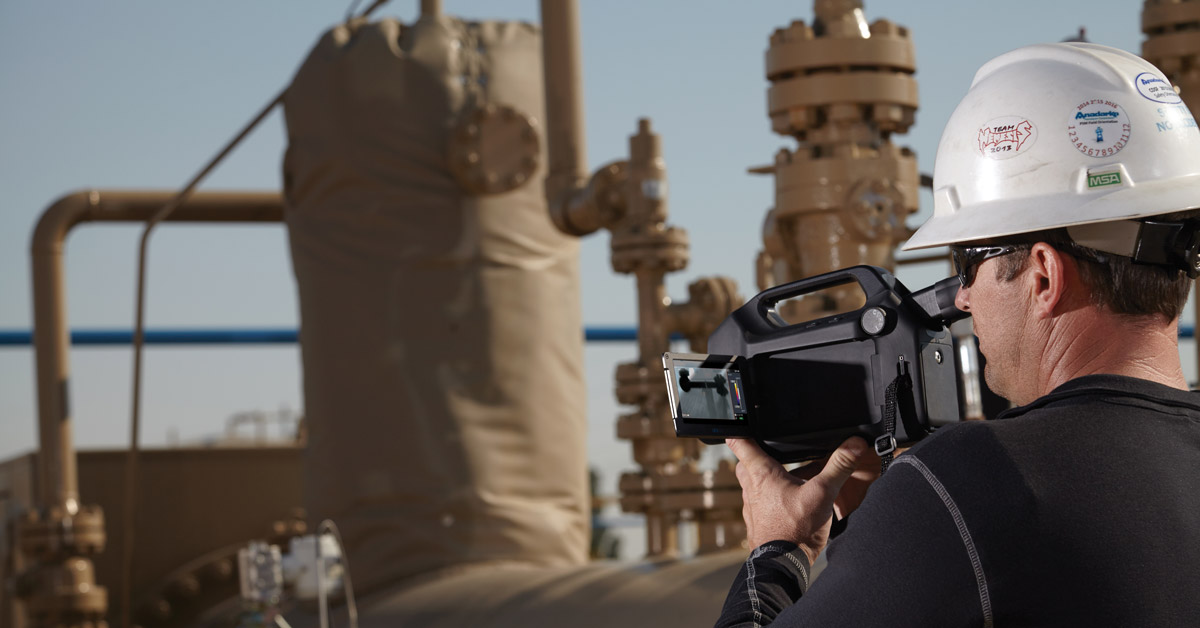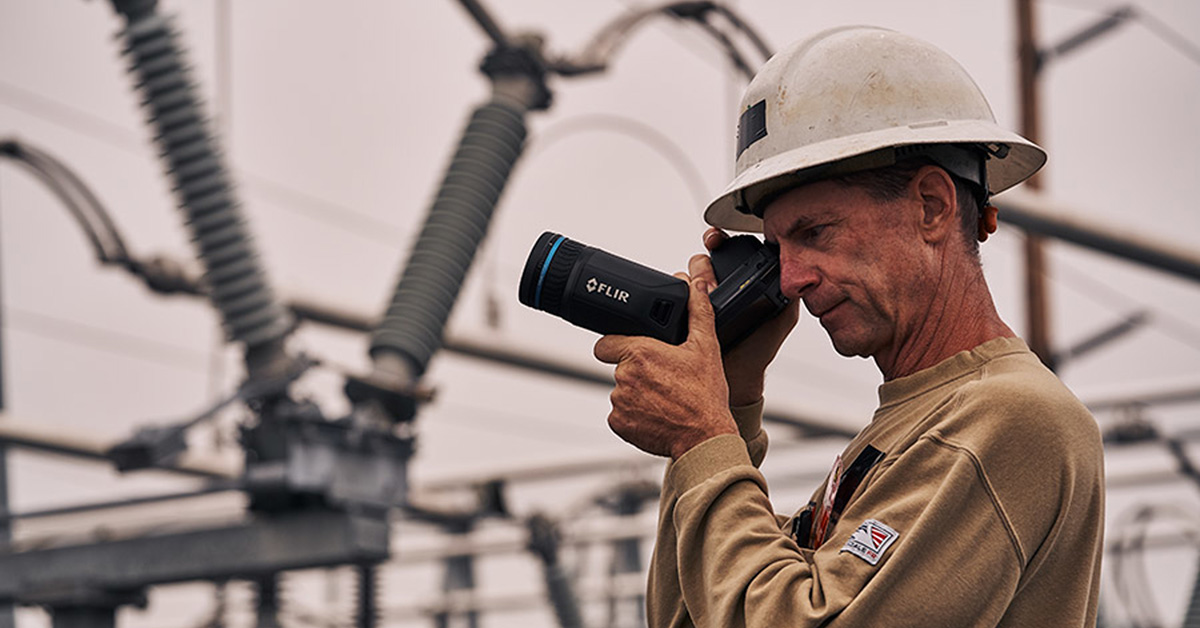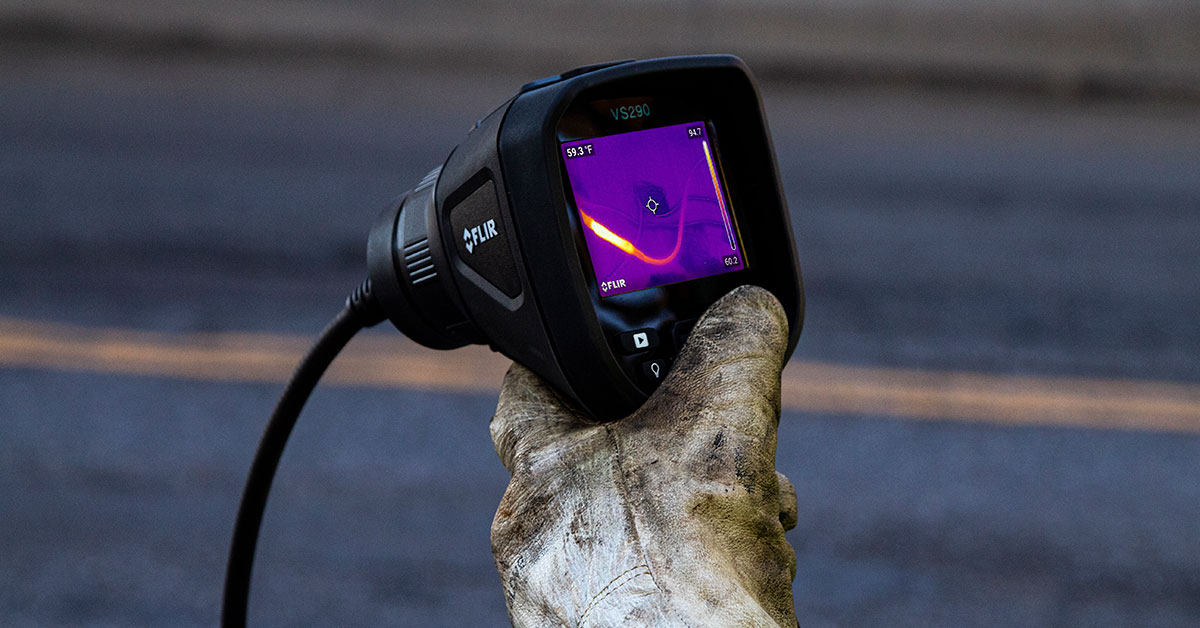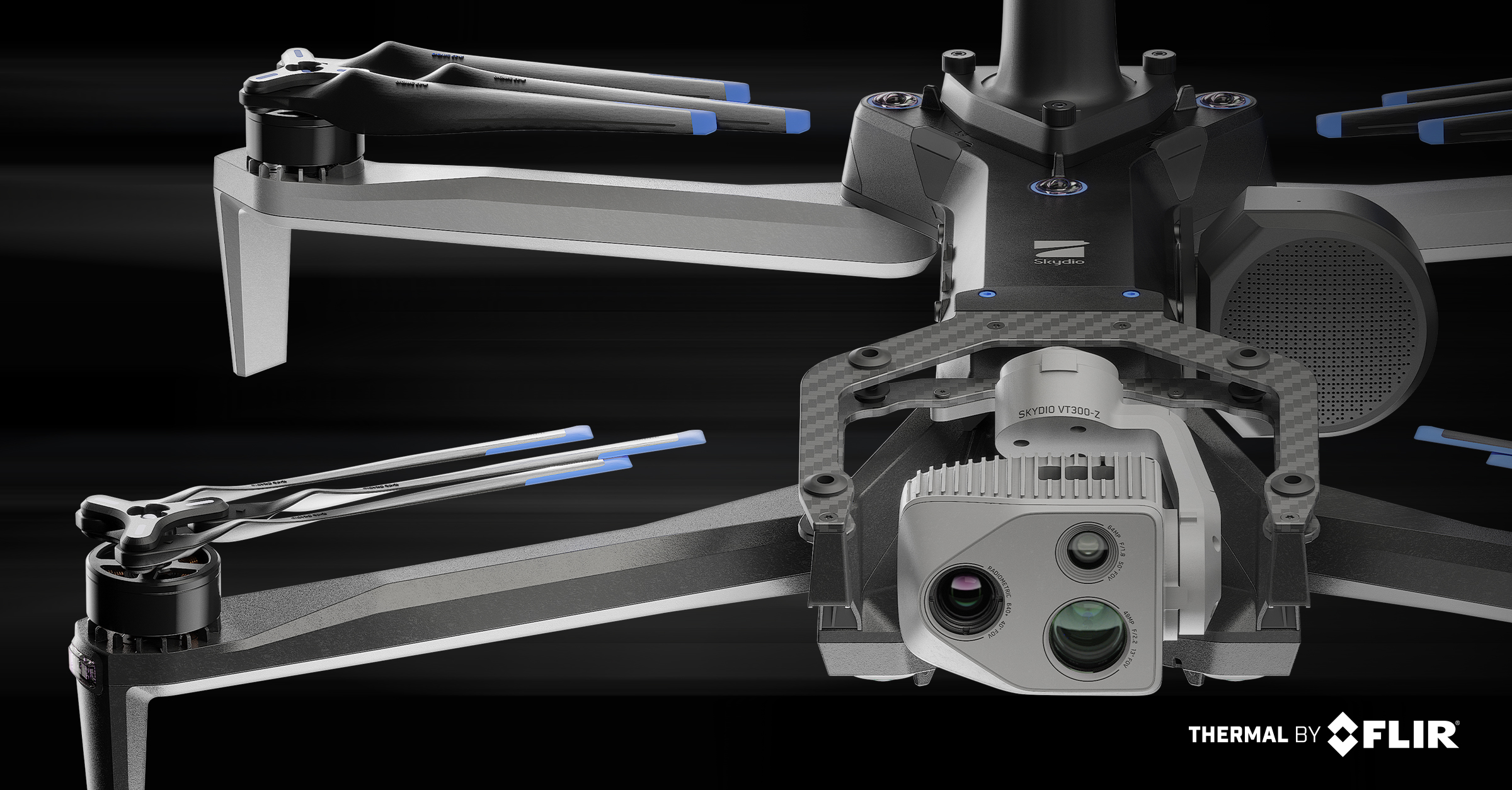FLIR Works to Support Oil & Gas Customers Facing New EPA Methane Rule

Help is on the way for oil and gas producers who are facing new, and sometimes complex, methane emission standards. These new rules are part of an amendment – finalized on June 3rd – to the US Environmental Protection Agency’s (EPA) methane emission standards for new, reconstructed, and modified sources. Dubbed Subpart OOOOa, the rules are aimed at curbing fugitive methane and volatile organic compound emissions from the oil and natural gas industry. Subpart OOOOa, or Quad Oa, adds a leak detection and repair (LDAR) component to upstream and midstream operations. It recommends quarterly or bi-annual surveys with an optical gas imaging (OGI) camera, which the EPA calls a “Best System of Emission Reduction.” Quad Oa also specifies a minimum sensitivity for the OGI camera in detecting methane.
For the industry, this means making changes to how they find and repair leaks – a task that can be complicated and expensive. In an effort to ease the transition, FLIR is offering solutions such as program development support, enhanced training, and development of inspection parameters. In addition, FLIR is in the process of developing certifications for GF300 and GF320 cameras, so customers can be assured their cameras comply with Quad Oa equipment performance standards.
Many leaders in the oil and gas industry have already incorporated OGI in their LDAR programs, including Anadarko of Colorado and Jonah Energy of Wyoming. Since implementing its OGI program, Anadarko has cut VOC emissions by at least 75 percent while doubling production. Jonah Energy reported cutting its fugitive emissions by 75 percent, too, as well as reducing repair times, cutting labor costs, and cutting gas losses significantly.
Methane is a potent greenhouse gas, with a global warming potential that’s 80 times greater than carbon dioxide in the first 20 years after its release. The White House aims to reduce methane emissions from the oil and gas sector to 45 percent below 2012 levels within the next 9 years. This goal is in line with the Paris Agreement, reached by members of the United Nations Framework Convention on Climate Change last December. So far, 177 nations – including the US – have signed onto the plan to reduce global methane emissions. For more information on finding methane leaks with OGI cameras, visit www.flir.com/ogi


